By: Rachel Thompson
Work-life integration is a modern approach that seeks to harmonize the professional and personal aspects of an individual’s life, blending them more seamlessly than the traditional concept of work-life balance. While work-life balance implies a strict separation between work and personal life, often treating them as competing priorities, work-life integration focuses on creating synergy between the two.
In today’s fast-paced work world, this integrated approach is increasingly important. It allows for greater flexibility and acknowledges the interconnectedness of our roles and responsibilities. Embracing work-life integration is crucial for fostering business success and enhancing personal well-being.
For employees, it leads to reduced stress, increased job satisfaction, and improved productivity. Employers, in turn, benefit from a more engaged and motivated workforce, which can drive innovation and growth. Understanding and implementing work-life integration strategies can thus be a win-win for both employees and employers.
Understanding Work-Life Integration
Work-life integration is a holistic approach that seeks to blend professional and personal responsibilities rather than compartmentalizing them as separate entities. Unlike work-life balance, which implies an equal distribution of time and energy between work and personal life, work-life integration acknowledges that the boundaries between the two are fluid and often overlap. This approach allows individuals to manage their schedules more flexibly, incorporating personal tasks into work hours and vice versa, thereby creating a more cohesive and less stressful daily routine.
In practice, work-life integration might involve taking a midday break for a personal appointment, working from home to accommodate family needs, or utilizing technology to stay connected with work while traveling. The evolving nature of work, driven by advancements in technology and the rise of remote work, has made this integration more feasible. Tools like video conferencing, project management software, and mobile communication enable employees to work virtually anywhere, blurring the lines between professional and personal spaces.
Changing workforce demographics and values play a significant role in this shift. Younger generations, in particular, prioritize flexibility, well-being, and meaningful work over traditional job security. As a result, organizations are increasingly adopting policies that support work-life integration to attract and retain talent, ensuring that employees can thrive both professionally and personally.
Strategies for Effective Work-Life Integration
“Effective work-life integration relies on adopting practical strategies to manage both professional and personal commitments harmoniously,” says Roger Farahmand, a respected entrepreneur as well as a life and business coach. “Setting realistic goals and priorities is crucial.”
This involves identifying what matters most in both spheres and allocating time and energy accordingly. It’s also important to establish clear boundaries between work and personal life, delineating specific times and spaces for each.
Aligning work and personal life involves techniques such as batch-tasking—grouping similar activities to maximize efficiency—and integrating personal tasks into work breaks or downtime. Leveraging technology can greatly facilitate integration. Time management and productivity apps help individuals organize their tasks and schedules, while communication tools enable seamless collaboration and connection with colleagues, regardless of location.
Flexible work schedules, including remote work options, are invaluable for promoting work-life integration. By allowing employees to choose when and where they work, organizations empower them to better balance their professional and personal responsibilities. Implementing flexible policies within organizations fosters a culture that values work-life balance, leading to higher employee satisfaction, retention, and productivity. Embracing these strategies can create a more fulfilling and sustainable approach to work and life.
The Role of Employers in Promoting Work-Life Integration
Employers play a crucial role in fostering work-life integration within their organizations. Creating a supportive work environment is fundamental. This involves encouraging open communication about employees’ work-life needs and providing resources and support to help them achieve balance. Developing policies that promote work-life integration is essential. Examples include offering flexible working hours, parental leave, and options for remote work.
Measuring the impact of these policies on employee satisfaction and productivity is key to refining and optimizing them. Leadership also plays a vital role in modeling work-life integration. By leading by example and demonstrating a commitment to balance, leaders set the tone for a healthy organizational culture. This includes prioritizing their well-being and respecting the boundaries of their team members.
Training managers to support work-life integration is equally important. They should be equipped with the skills and knowledge to accommodate employees’ needs while ensuring that business objectives are met. By prioritizing work-life integration and supporting their employees in achieving it, employers can cultivate a happier, more engaged workforce, ultimately driving success for the organization as a whole.
Personal Techniques for Achieving Work-Life Integration
Individuals can also take proactive steps to achieve work-life integration by implementing personal techniques that prioritize well-being and balance. Effective time management skills are essential. This includes prioritizing tasks and managing time efficiently. Techniques like time blocking, where specific time slots are allocated for different activities, and the Pomodoro Technique, which breaks work into intervals with short breaks in between, can enhance productivity while ensuring time for personal pursuits.
Stress management and self-care are equally important. Recognizing the significance of mental and physical well-being, individuals should adopt strategies to manage stress and prevent burnout. This may involve practicing mindfulness, exercising regularly, and maintaining healthy habits.
Building a supportive network is also valuable. Family, friends, and colleagues can provide encouragement, perspective, and assistance in achieving balance. Cultivating strong relationships and leaning on others for support can help individuals navigate the challenges of juggling work and personal life.
Individuals should not hesitate to seek professional help when needed. Whether it’s counseling, therapy, or coaching, accessing external support can offer valuable guidance and resources for managing stress, setting boundaries, and maintaining overall well-being. By incorporating these personal techniques into their daily routines, individuals can cultivate a more harmonious and fulfilling balance between work and life.

This exploration of work-life integration has delved into its significance, strategies for implementation, the pivotal role of employers, and personal techniques for achieving balance. Understanding the fluid nature of work and life boundaries, adopting practical strategies, fostering supportive work environments, and prioritizing well-being are all integral to navigating the complexities of modern living.
Looking ahead, the journey to optimize work-life integration is ongoing. As the landscape of work continues to evolve, it’s essential to continually adapt and refine approaches. What works today may need adjustment tomorrow, and finding the right balance is an ongoing process.
Organizations must prioritize work-life integration as a fundamental aspect of their culture and policies. By championing flexibility, supporting employee well-being, and fostering open communication, businesses can cultivate environments where both productivity and fulfillment thrive.
Published by: Khy Talara







